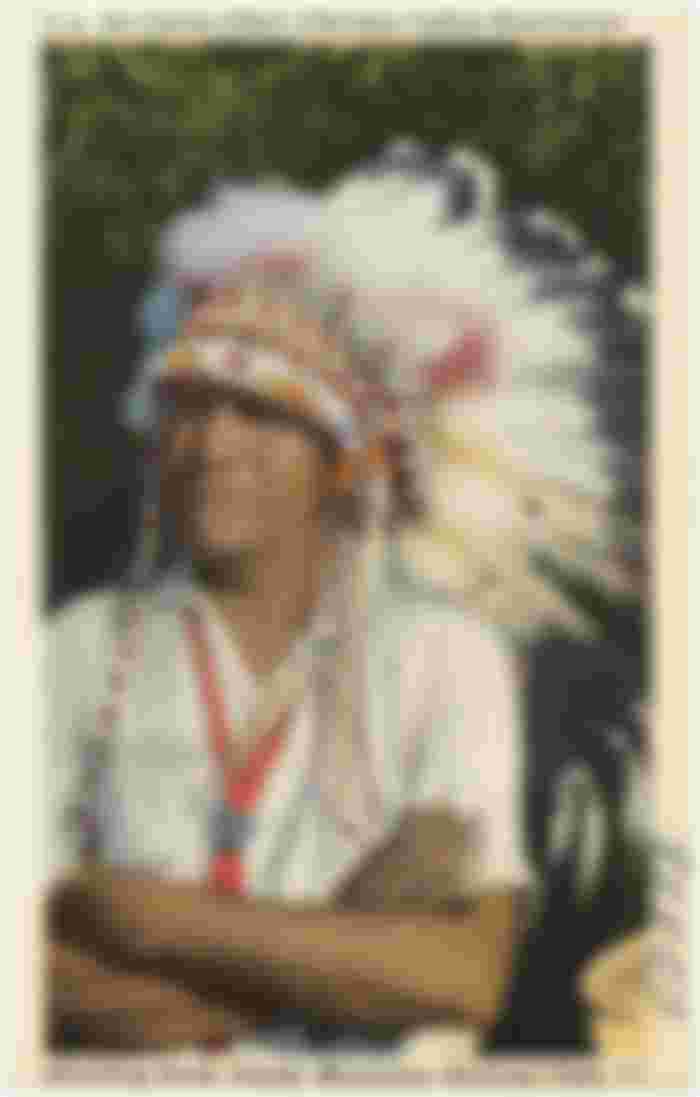Two decades before the famous gold rush in California in 1849, the first American gold rush took place in the southeastern state of Georgia. It opened new frontiers, but nearly exterminated the Cherokee Indians.

Angela Johnson, director of the Dalonega Gold Museum Historic Site in Georgia, explains how America's first gold rush began.
In 1828, Benjamin Parks hunted deer about ten kilometers from here and stumbled upon a stone the size of a golden egg.

Dan Parks, the great-grandson of Benjamin Parks, is a guide at the United Gold Mine, which in its most glorious days was the largest gold mine east of the Mississippi River.
He said that they found 25 kilograms of gold in one day. So much gold was worth 13 thousand US dollars at that time. (interesting fact, today is one bitcoin valued with this amount).
Johnny Parker, a tour guide at the United Gold Mine, has been researching the history of gold rush in Georgia for more than 20 years.
The word dalonega means the land of yellow metal, or in the language of the Cherokee Indians a yellow stone. You can pick it up and put it in your pocket. Within a year, 15,000 miners were found there, in such a small area, says Parker, adding that during the first wave of the gold rush in Georgia, from 1829 to 1839, gold worth tens of millions of dollars was mined. In the most successful period, the United Mine employed 1,200 miners. However, it all came at a price. Teresa Walker, a ranger at the historic site of New Ecotta, says that the Cherokee Indians, to whom the country is guaranteed by the agreement, were forced to leave.

Georgia decided during the 19th century, in 1830.
President Jackson decided to move the Cherokee Indians to Oklahoma, to make room for immigrants.
Johnny Parker adds that the Cherokee is the only tribe that has not given up its property. The Cherokees struggled to stay, because they arrived there first.
Angela Johnson points out that that fight was in vain, because the state of Georgia seized Indian territory.
They came and inspected one million and six hundred thousand hectares and divided them into plots with gold of 16 hectares and plots of 64 hectares of arable land. You had to qualify to get it. You were supposed to be a resident of the state of Georgia for three years and have a white man at least 18 years old in your family. You had to pay $ 18 for a 64-hectare plot.

The forced relocation of the Cherokee tribe began in the winter of 1838.
It was the worst winter in history. They walked through two to three meters deep snow from Georgia to Oklahoma, and four thousand people - a quarter of the Cherokee tribe - died during a five-month journey west, which became known as the "Tear Trail".
Back in Dalonega, Dan Parks says that the good times ended in 1906, when the price of gold dropped significantly. He says that after the gold rush, probably five hundred people lived there.
Many did not even know about the gold in this area. They always heard about California. "Regardless of the fact that the local gold rush was the first, it remained in the shadow of the Tear Trail forever."




Nice